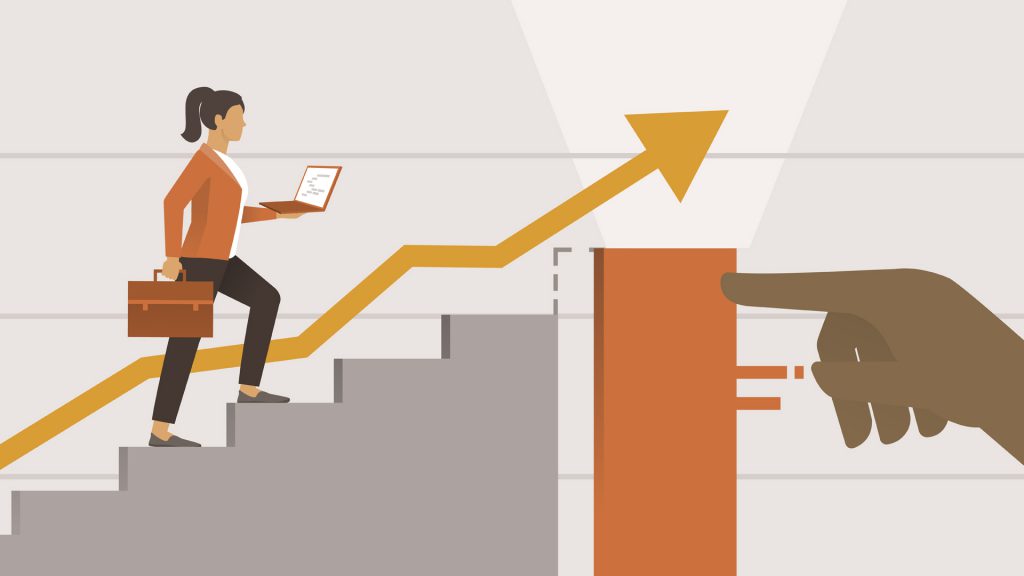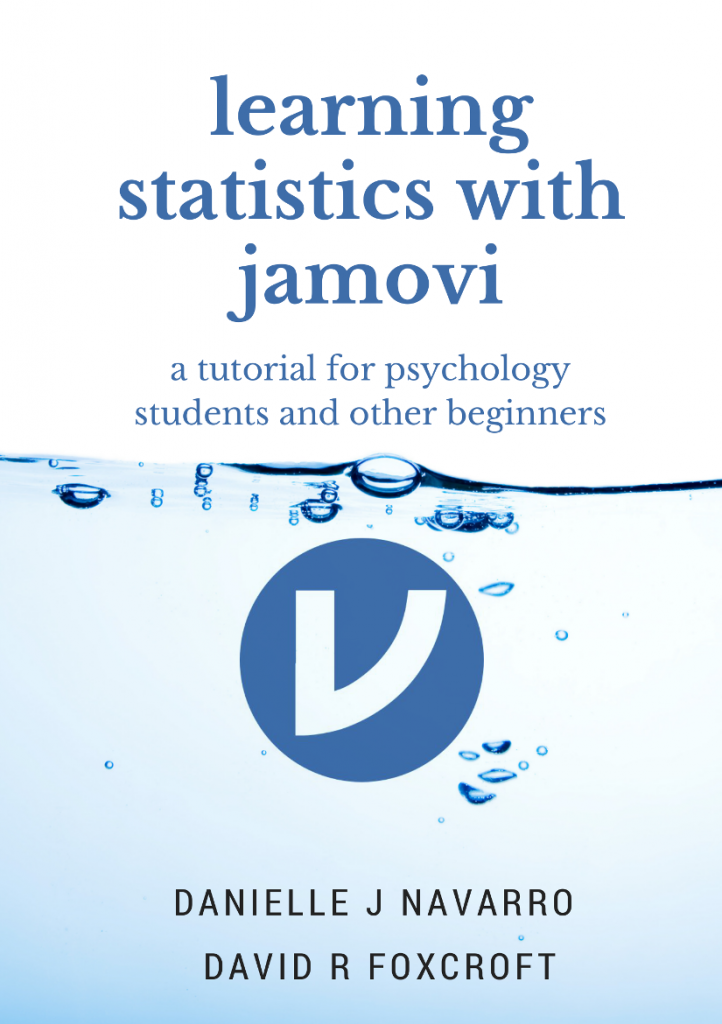Open Stats Lab: Additional Activities
Activities focus on the following topics: (RELIABILITY ANALYSIS) Do People Feel Immoral After Behaving Inauthentically? Here students get to compute new variable, calculate descriptive statistics, find Cronbach’s alpha, and create a table. (CHI-SQUARE TEST OF INDEPENDENCE) Why do People Fail to Follow Through on Their Good Intentions? Here students get to conduct a t-test for […]
Open Stats Lab: Additional Activities Read More »



